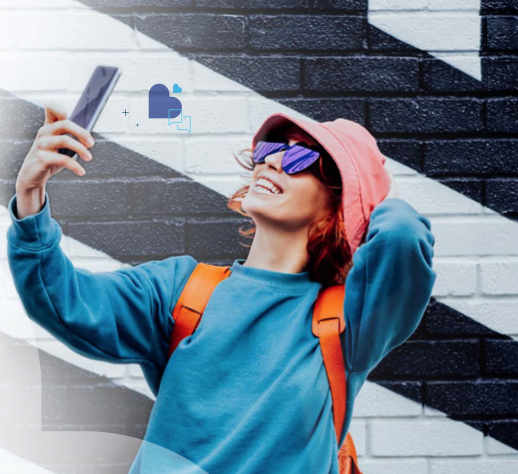
TikTok and Instagram reels have emerged as in demand platforms for a range of people looking for entertainment, education, and brand discovery.
Some industries are more likely to benefit from an influencer marketing strategy than others. For example, accommodation brands in the Middle East have the potential to gain 21 times their current reach by partnering with an influencer.
Data reveals that collaborating with influencers can boost the effectiveness of campaigns, as influencers achieve 5.6 times more audience engagement on their average posts compared to those of accommodation brands.
Similarly, beauty brands can benefit from partnering with influencers, as they have the potential to achieve 6.3 times more audience engagement compared to their current performance.

Power of Influencer Marketing
Brands are increasingly investing in influencers and content creators on innovative campaigns to improve brand awareness and campaign success.
According to Emplifi’s State of Influencer Marketing Report, Instagram has long been the leading platform for influencer marketing, with 90 per cent of influencers active on the social network.
TikTok is making its mark, with 66 per cent of influencers active on the app, and is projected to become strong competition for influencer marketing campaigns. While only 4 per cent of the influencers look to Twitter or Pinterest as a platform for potential brand partnerships.
The report provides brand insights and business influencer marketing trends for 2023. Highlights include influencer marketing performance analytics across social platforms, an analysis of Instagram’s influencer landscape with supporting data, and findings from a survey polling popular influencers across industries in the region.
“Customers want meaningful interactions, while brands want cost-effective strategies to reach and engage with their audiences,” said Heba Al Nabulsi, Director of Solution Consultants and Ambassadors for MEA, Turkey & South Asia at Emplifi.
Virtual influencers
Influencer marketing and the creator economy have begun to see shifts toward artificial intelligence and virtual reality.
This shift has led to the emergence of virtual influencers – an influencer without a physical presence existing online through artwork, social media, or AI.
Virtual influencers appeal to brands for a variety of reasons, from connecting with consumers to being a cost-effective strategy and providing more flexibility than investing in real-life influencers and creators.
According to Gartner, CMOs are expected to dedicate 30 per cent of their influencer and celebrity budgets to virtual influencers by 2026.
Brands in various industries, such as home decor, fashion, beauty, and hospitality, can tap into the reach of virtual influencers.
The full version of the report is available for download on: Emplifi









